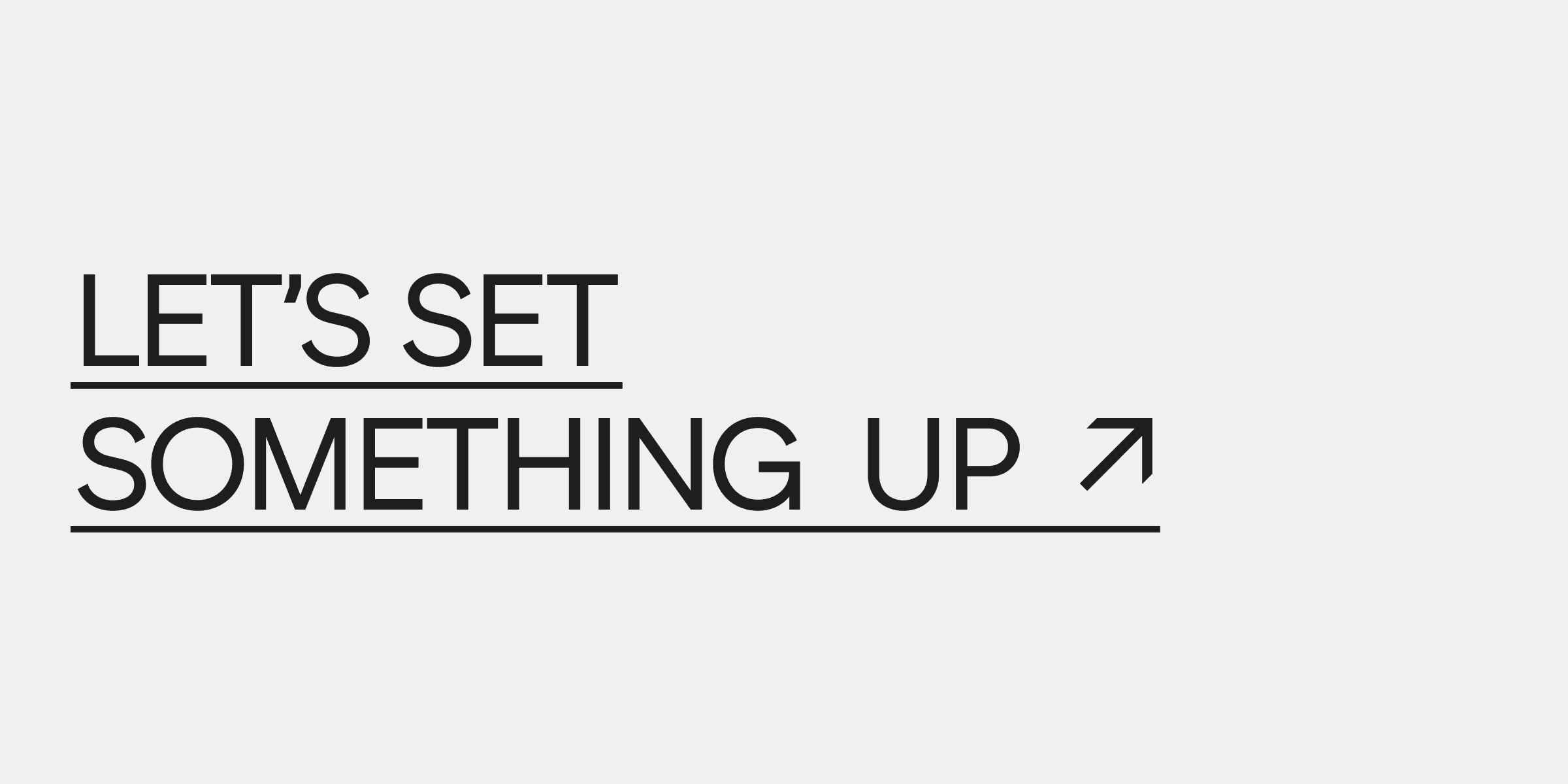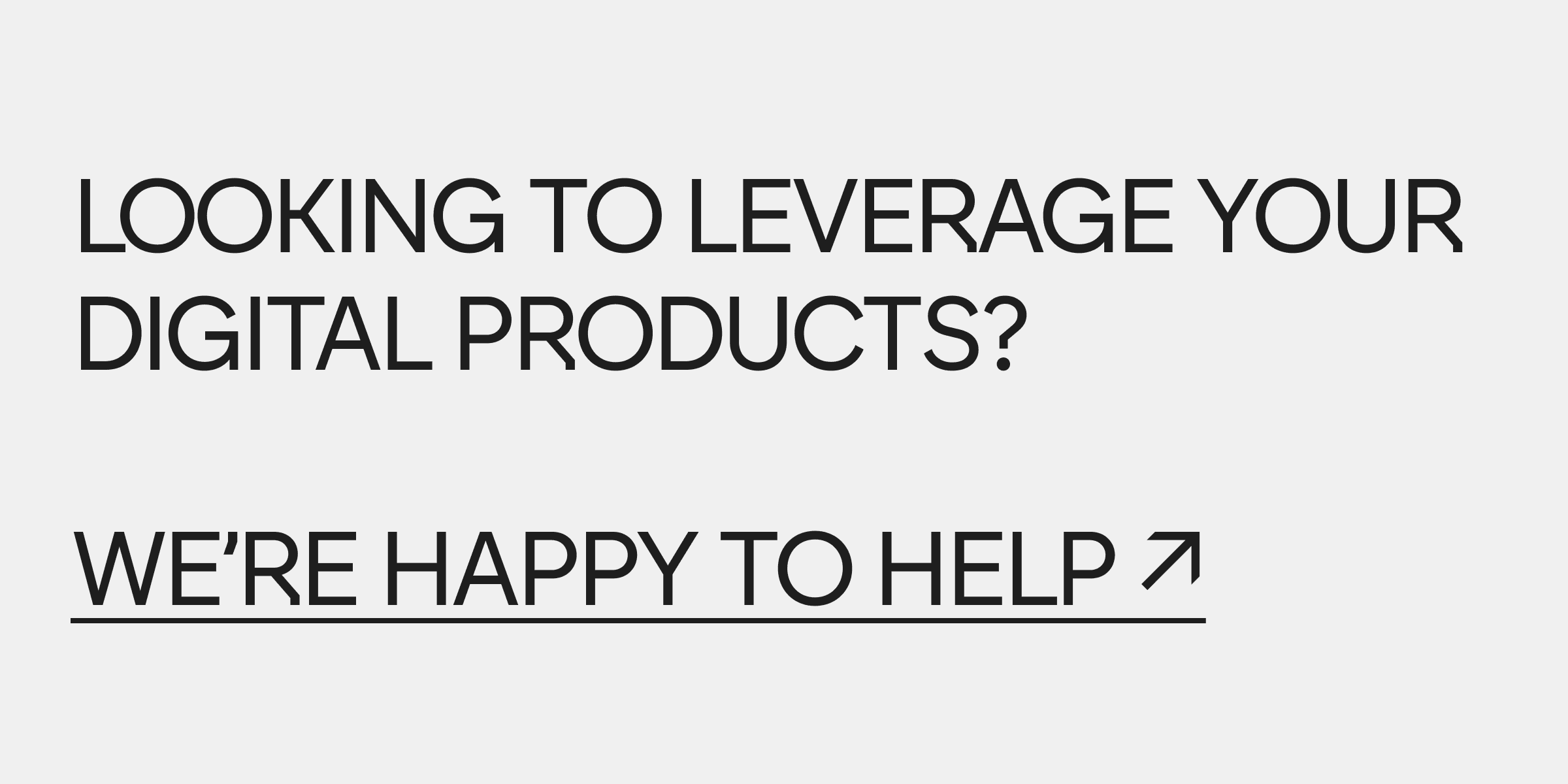Website design feedback has become an essential skill for professionals across industries. Whether you're a seasoned designer collaborating with clients or a business owner working with a creative team, the ability to provide constructive criticism can make or break a project. But how do you strike the perfect balance between honesty and tact, ensuring your feedback propels the design forward without dampening creativity?
Enter the art of constructive product design feedback - a nuanced approach that combines keen observation, clear communication, and a deep understanding of design principles. By mastering this skill, you will not only improve the final product but also foster stronger working relationships and streamline the creative process.
In the following article, we will explore invaluable tips on how to give constructive design feedback. Whether you're a novice or an expert, these insights will elevate your ability to guide and inspire great website design.
How To Give Design Feedback Like a Professional
Before we jump into our tips, let's consider the pivotal role of professional design feedback in the creative process. Effective feedback bridges vision and execution, aligning the design team's efforts with project goals and user needs. It's not just about pointing out flaws. It's about fostering a collaborative environment where ideas can flourish and evolve.
Professional feedback for website design requires a thoughtful approach that respects the designer's expertise while pushing for the best possible outcome. It involves clear communication, empathy, and a focus on objective criteria rather than personal preferences. By adopting a professional mindset, you set the stage for productive discussions and innovative solutions. Now, let's explore the key tips on how to give design feedback!
1 – Be Specific and Actionable
In the design feedback process, clarity is key. Vague feedback like "make it pop" or "I don't like it" offer little value to the web designer. Instead, focus on giving specific, actionable feedback that pinpoints exactly what needs improvement and why. For example, rather than saying "The layout feels off," try "The hero image overshadows the call-to-action button, making it difficult for potential customers to find."
This approach helps the designer understand your perspective and guides them towards better solutions. By offering concrete suggestions, you contribute to a more successful design process and help ensure that the final output aligns with the project's objectives. Remember, the goal is to provide feedback that the designer can immediately act upon, leading to tangible improvements in the design.

2 – Use Visual Examples in the Design Feedback Process
A picture is worth a thousand words, especially in the process of giving feedback. Whenever possible, provide visual examples to illustrate your points. These might include annotated screenshots, quick sketches, or references to other websites that successfully implement the elements you're discussing. Visual aids help bridge the communication gap between you and the design team, ensuring everyone is on the same page and working towards the same goal.
Incorporating visual examples into your feedback does more than clarify your points. It creates a shared visual vocabulary that transcends individual interpretations. Using visual examples is especially helpful when talking about complex design parts or describing a certain feeling or look. Moreover, it demonstrates your engagement with the project and can spark fresh ideas or solutions that might otherwise have been overlooked.
3 – Frame Feedback in the Context of Project Goals
The most effective and constructive feedback always circles back to the core objectives of the design project. As you offer suggestions, tie them to how they will help achieve the desired outcomes for your company or product. Rather than a subjective "I think we should use more blue," try "By incorporating more of our brand's primary color, we could reinforce our branding and make it resonate more strongly with our core audience."
Taking a goal-oriented approach keeps the focus squarely on the project's success, rather than personal preferences or opinions. It serves as a constant reminder that the ultimate aim is to create a design that fulfills its intended purpose, be it boosting conversions, enhancing user engagement, or reinforcing brand identity.
4 – Balance Positive Feedback and Negative Feedback
The process of providing feedback hinges on a delicate equilibrium between praise and critique. Start by highlighting the design elements that impress you or effectively meet project goals. Acknowledging successful aspects of the design opens the door for more receptive discussions about potential refinements. Designers who feel their work is appreciated are more likely to embrace constructive criticism and view it as an opportunity for growth rather than a personal attack.
Moreover, recognizing effective design choices helps solidify good practices and provides valuable guidance for future iterations. The key lies in delivering feedback that nurtures creativity, encourages improvement, and maintains a positive, goal-oriented focus throughout the design process.

5 – Ask Questions and Encourage Dialogue
Good feedback thrives on curiosity and open communication. Instead of simply presenting your thoughts, engage the designer with thoughtful questions about their creative decisions. Inquiries like "What inspired this color scheme?" or "How did you envision users interacting with this feature?" can unlock valuable insights into the design process. Encouraging this two-way conversation often leads to innovative solutions and a deeper understanding of the project's challenges and opportunities.
Dialogue-driven feedback fosters a collaborative environment where ideas can flourish. As you pose questions and listen attentively, you'll likely uncover nuances or constraints that weren't immediately apparent. These discussions can spark creativity, leading to unexpected breakthroughs or refined approaches.
6 – Focus on the Design, Not the Designer
Concentrating on design elements rather than the person behind them keeps discussions objective and prevents potential defensiveness. For instance, instead of saying "You've made the logo too small," try "The logo appears undersized relative to other elements."
Focusing on the work itself creates an environment where ideas can be freely discussed without personal attachment. Such an approach encourages open dialogue and allows for more constructive criticism, ultimately leading to better design outcomes. The goal remains improving the design, not critiquing the designer's abilities.
Embracing the design feedback tools provided by your design team can significantly streamline the revision process. If they've asked you to leave comments in Figma, for example, use this platform to its full potential. These tools often allow for precise, contextual feedback that ensures clear communication.
Design feedback tools offer features like in-situ commenting, version tracking, and collaborative editing. Fully utilizing these capabilities enables more accurate, actionable feedback. Centralizing feedback in one platform also creates a clear record of the design's evolution, making it easier to track changes and decisions throughout the project.
8 – Engage in a Few Rounds of Feedback
Great design often emerges through iteration. Committing to several rounds of feedback demonstrates your investment in the process and understanding that each cycle brings the design closer to its optimal form. It allows for gradual refinement and more thoughtful development.
Multiple feedback rounds provide opportunities to see how initial ideas evolve and how different elements interact as the design matures. Each feedback loop should build upon the last, moving the design forward rather than circling back to previously addressed issues. The design's progression becomes more apparent, allowing for more comprehensive and nuanced feedback.

9 – Prioritize Brand Alignment Over Personal Preferences
Evaluating design through the lens of your brand rather than personal tastes ensures the final product serves its intended purpose. Asking "Does this align with our brand values and appeal to our target audience?" instead of "Do I like this?" helps maintain focus on core objectives and target audience needs.
Separating personal preferences from brand requirements can be challenging but crucial for effective feedback. Creating a checklist of brand guidelines and key objectives to reference during the feedback process can help maintain objectivity. It ensures that all feedback contributes to a design that authentically represents your brand and meets your business goals.
10 – Avoid Evaluating Designs by Committee
If you collect feedback from numerous stakeholders before providing input, it might lead to diluted, conflicting feedback that can confuse and frustrate designers. The urge to include everyone's opinion should be resisted in favor of a more focused approach.
Limiting the number of voices in the feedback process can streamline revisions and lead to a more cohesive final design. For situations requiring broader input, consolidating feedback from various sources before presenting it to the design team can be an effective strategy.
Give Great Design Feedback, Receive an Amazing Digital Product
Providing great design feedback is an art that evolves with practice and mindfulness. As you apply the above-mentioned strategies in your design collaborations, you'll notice a shift in the quality of your interactions and the outcomes of your projects. Now, are you ready to put your enhanced feedback skills to the test? Partner with Adchitects and see how your insights can shape a truly exceptional website.
We specialize in crafting visually stunning, user-friendly websites that drive results. Our team of seasoned designers and developers stands ready to breathe life into your vision. Reach out to us today and discover how we can help you achieve your goals and take your online presence to the next level.






